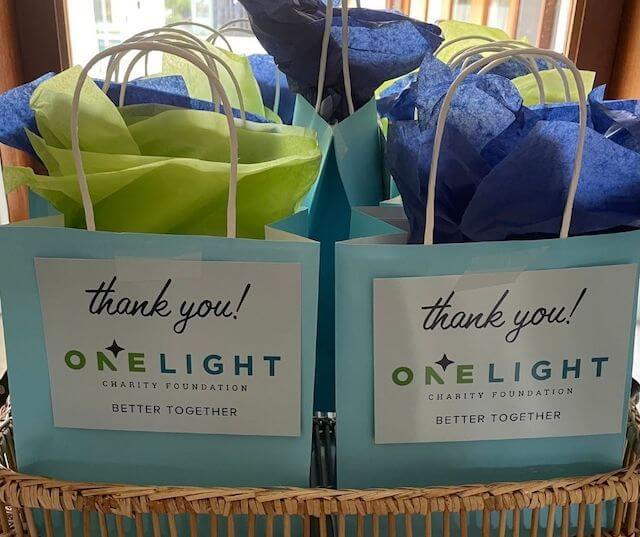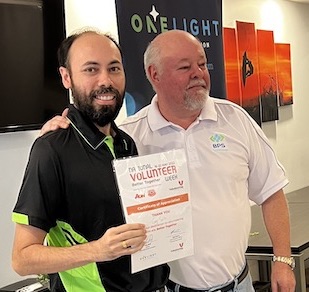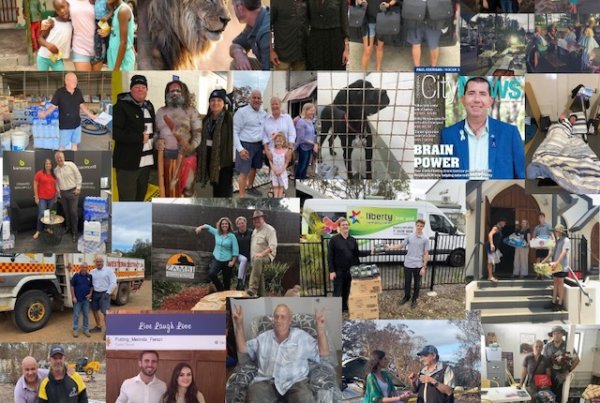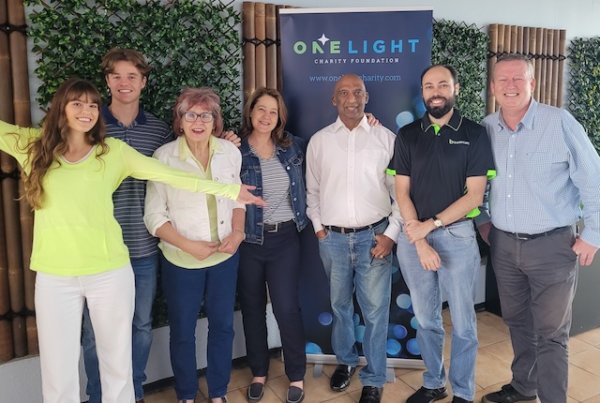This National Volunteer Week, we honour the significant contribution of all of the five million volunteers across Australia.
 Volunteering brings people together; it builds communities and creates a better culture for everyone. Together, through volunteering, we are transforming communities for the better.
Volunteering brings people together; it builds communities and creates a better culture for everyone. Together, through volunteering, we are transforming communities for the better.
Many volunteers offer their time and skills formally through organisations, whilst others self-organise and volunteer informally in the community. We acknowledge the diversity and richness of volunteering activities in our communities and how it is growing. We celebrate all forms of volunteering as contributing to a robust civil society.
The aftermath and the consequence of a catastrophe
With natural disasters and the ongoing impacts of the pandemic, the past few years have been challenging for all Australians. The aftermath and the consequence of a catastrophe are felt long after an event.
More than 400,000 work directly in crisis response and relief and are essential to Australia’s emergency resilience.
They help reduce social isolation and create support networks. Including mental health and suicide prevention services, which generally encounter an overflow in demand during and after disasters.
Significant changes and challenges
Research on crisis management volunteering has identified significant changes in the landscape.
- The Declining rates of volunteer participation are currently a big challenge. According to the Australian Bureau of Statistics, the proportion of people volunteering in Australia decreased from 36.2 per cent in 2010 to 28.8 per cent in 2019. The COVID-19 pandemic exacerbated this decline. A study from the Australian National University Centre for Social Research and Methods found that only slightly more than half (56.4 per cent) of those who stopped volunteering in 2020 resumed in the 12 months leading up to April 2021, despite the easing of lockdowns and social distancing restrictions in many jurisdictions at that time.
- Demand for more flexible, self-directed, and cause-driven volunteer roles also increases. These include virtual, skills-based, spontaneous, informal, and episodic volunteering opportunities.
- The model for coordinating the contributions of the charity and not-for-profit sector in national disaster arrangements is unclear and has yet to be formalised.
Would you like to volunteer with us?
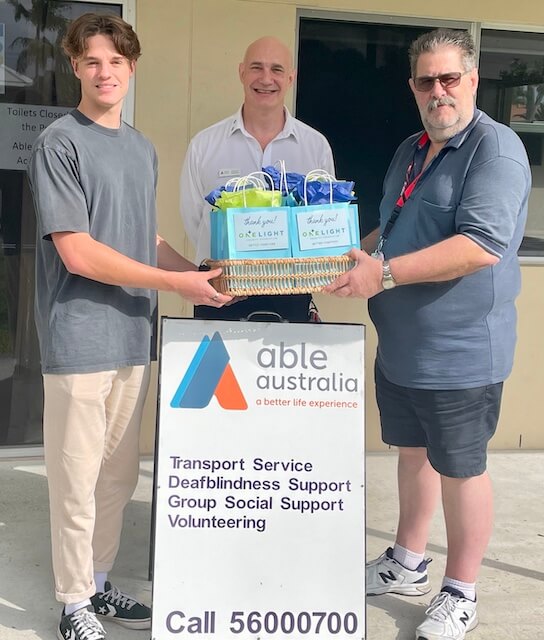
Anthoni and Edmund Mc Mahon thank Gary Culver and their many other volunteers at Able Australia



